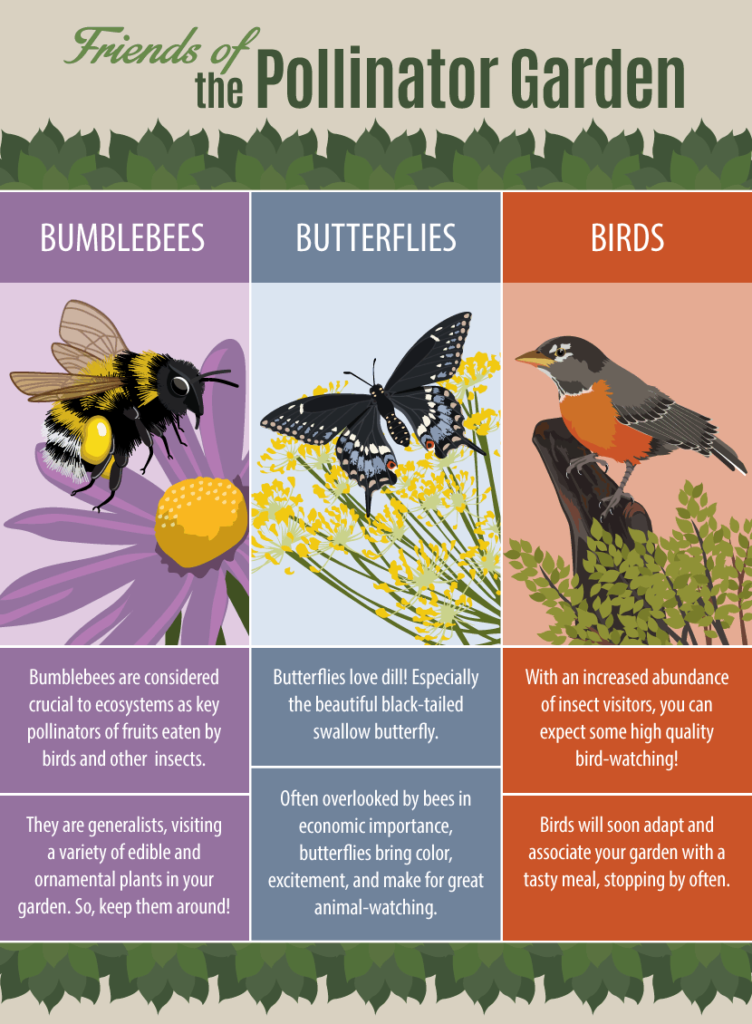National Pollinator Week
This week, OvS celebrates National Pollinator Week, an effort by Pollinator Partnership (P2), who are “dedicated exclusively to the protection and promotion of pollinators and their ecosystems.”
P2 realized this week-long awareness for pollinators twelve years ago when the U.S. Senate nominated that National Pollinator Week to be celebrated in the month of June. P2 offers a variety of resources to help understand the role that pollinators play in the environment and agriculture and how the community can protect them.
In addition to their role in supporting the food web, pollinators are often welcome guests in the garden, which can be tailored to attract certain species of bees, birds, and butterflies.
OvS Associate Carson Hale, the firm’s resident bee expert, brings up a common misconception: a profusion of colorful blossoms is what attracts pollinators. “People often overlook plants that are the most reliable pollinator food source because they lack a colorful flowering element. In the Washington DC Metro area, honeybees especially rely on the American linden (Tilia Americana), Honey Locust (Gledistia triacanthos), and American holly (Ilex opaca).”

